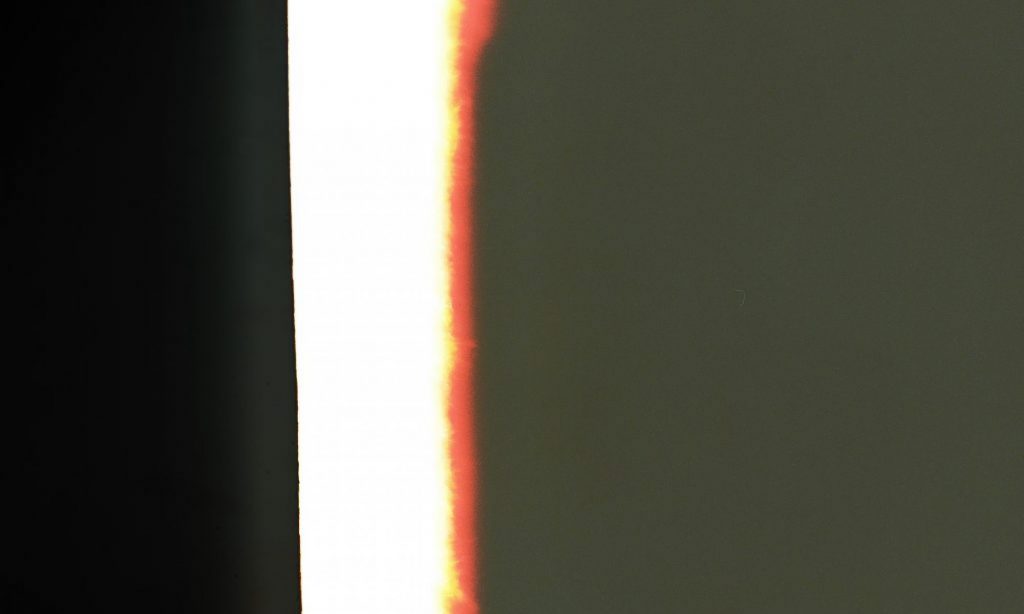I am interested in the usage of the human body in fashion photography, how it is subordinated to the aim of creating abstract visuals and, somehow, the body is
dehumanized.
Brendan Baker, photographer from the still life photographic duo baker&evans, describes his interest in the ‘body as an object’ in the book Fashion Photography Next by the writer and curator Magdalene Keaney. The body is used, as he says, to create something visually exciting that is simply a joy to look at while also retains some kind of substance and esoterism.
I visualize this concept as a photography series in which the model is considered as a statue and not as a human, where the importance is in the shapes and movements of the body and not in the identity of the person that is in front of the camera.
Claire Bauroff, german dancer photographed by Austrian-born American photographer Trude Fleischmann.

